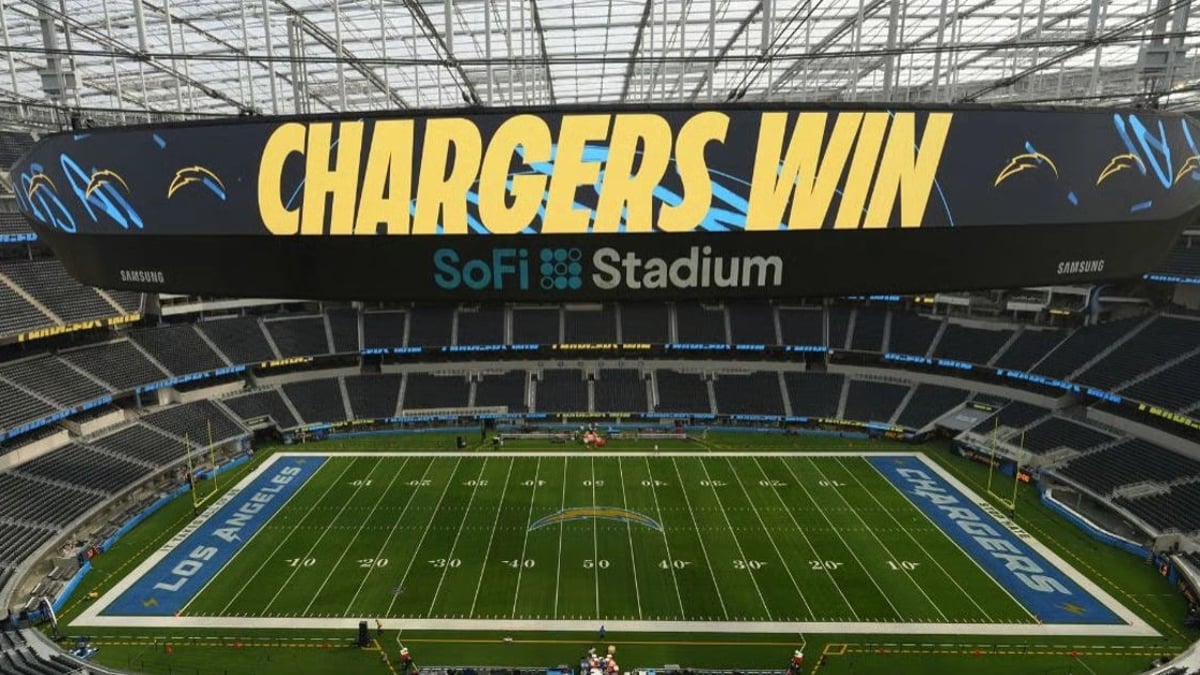What is a Moneyline Bet? Complete Guide to Moneyline Betting Odds

The moneyline bet is one of the most common—and simplest—ways to wager on sports. It’s often the first type of bet that comes to mind, even if you’re not quite sure what “moneyline” means. If you’ve ever picked who you think will win a game, you’ve already made a moneyline-style bet in spirit.
This guide explains exactly what a moneyline is, how it works, and how to read moneyline odds across different formats.
Note: All examples use U.S. dollars. Equivalent concepts apply in other currencies.
- #ad. 18+. Gamble Responsibly. Gambleaware.org. Must be 21+ and present in OH. Gambling Problem? Call 1-800-GAMBLER
How Moneyline Bets Work
The moneyline bet is the easiest sports betting option to understand, where your only job is to select the winner of a game or match. You can pick team A or team B, fighter one or fighter two, player one or player two—it’s as easy as that.
Moneyline betting is the most common type for new bettors and a great starting point if you're not generally familiar with betting. You’ve likely made casual, unofficial moneyline "bets," like picking which team will win the Super Bowl, a tennis final, or a championship match with friends.
In most cases, moneyline bets include any overtime or extra periods, so you won’t need to worry about your bet being voided due to a tie in regulation. However, if a game ends in a draw and no overtime is played, the bet may result in a “push,” meaning your stake is refunded. Some sports, like soccer (football), offer a three-way moneyline with an option to bet on a draw as a valid outcome.
How to Read Moneyline Odds & What they Mean
Moneyline odds may appear in different formats depending on your location or betting site: American, Decimal, or Fractional. While American odds are common in North America, Decimal and Fractional formats are widely used elsewhere and may be easier for some bettors to understand.
You need to look at the betting odds when placing a moneyline bet. Moneyline odds will show you which team is favored and how likely that team is to win. The larger the number, the bigger the underdog or favorite. They also show you how much you need to wager to win $100 or how much you might win off a $100 bet.
Next, I'll include examples of what each odds format looks like.
Moneyline Betting Using American Odds
American odds will be displayed in the hundreds or thousands with a plus or minus sign. That sign will show you how big of an underdog a team is or how favored a team is.
American odds in moneyline betting will show you a quick way to calculate your winnings on a $100 wager. With the favored team, you must bet the odds amount to win $100. If the favored team’s negative odds are set at -225, you have identified that the team is the favorite because of the negative symbol. Now you can see that you will need to wager $225 to win $100. (You can obviously bet any amount, but the odds show you exactly what you need to wager to win $100.)
If you want to bet on an underdog with odds of +400, you will have identified the underdog by the plus sign. These moneyline odds will show you that you will win $400 if you wager $100 on this team. As the underdog, they are less likely to win, so you’re taking a risk for a potentially big reward.
Odds of -110 are common when two teams are evenly matched and essentially act as a commission (known as the “vig”) that the betting site charges to avoid losing money on the bet. You would bet $110 to win $100, giving the betting site its small cut, and nearly doubling your money.
Odds of -110 are close to even and are standard across many betting sites. They include a small margin that helps the betting site avoid taking a loss on the wager.
Moneyline Betting Using Decimal Odds
Another popular moneyline odds format in which you can view your wagers is the decimal odds format. Decimal moneyline odds are popular in European countries and have been commonplace for decades. Decimal odds include your stake, so your profit is the total payout minus your original bet.
For example, you are looking to bet on a baseball game, and the odds look like this: Washington Nationals (2.85) vs. Philadelphia Phillies (1.47)
According to these odds, the Phillies are favored to win this game, and the Nationals are the underdog. By looking at these odds, you can determine how much you would potentially win.
- For each $1 bet on the Nationals, you would win $1.85 (don’t forget to deduct your stake; it will be returned to you with your winnings, though). On a $10 wager, your total payout would be $28.50.
- For each $1 bet on the Phillies, you would win $0.47. If you bet $10, you would return $14.70.
Favorites and underdogs are not as clear-cut and easy to spot without the plus and minus symbols of the American odds format. In this case, you actually have to look at the numbers. The higher the number, the bigger the underdog—and the potential payout.
Moneyline Betting Using Fractional Odds
Fractional odds are traditionally associated with British and Irish bookmakers, especially in horse racing. However, you can use this format for any type of sport. These odds are displayed as a fraction and require a little math to determine how much you’d win.
The numerator is the top or left number, and the denominator is the bottom or right number. To determine a potential payout, you would have to multiply your stake by the numerator and then divide that result by the denominator.
Let’s look at an example: New York Yankees 7/6 vs. Tampa Bay Rays 11/14
The Tampa Bay Rays are the favorite in this game, but only slightly. If you were to bet $20 on them, the calculation would look like this:
- $20 x 11 = 220
- Then you would divide by the denominator amount: 220 / 14 = $15.71
- Your total winning bet would equal $35.71 (your $20 stake plus $15.71).
A bet on the Yankees (the underdogs) would result in a higher payout:
- $20 x 7 = 140
- 140 / 6 =$23.33
Your total winnings would equal $43.33.
Moneyline Betting By Sport
NFL Moneyline
If you’ve bet on the NFL or the Super Bowl in the past, you would likely be familiar with the NFL moneyline bet. Your job is to pick the team that wins the game outright. A team’s margin of victory does not matter; it could win by one point, and you would collect your winnings.
Picking a side to bet on can be as simple as familiarizing yourself with the two teams and understanding how the offense/defense matchups will pan out. You can also dig into the statistics to find an edge.
Remember that moneyline bets at NFL betting sites usually include overtime, so there will always be a winner and a loser.
NBA Moneyline
NBA moneyline odds will work the same way as the NFL. NBA games tend to be fast-paced and high-scoring, and many come down to the last few minutes or seconds to determine a winner. The last two minutes can be taut, and games tend to be too close for comfort.
That's why many tend to stick to point spreads at NBA betting sites, but NBA moneylines can still turn a good profit if you bet on an underdog that wins.
NHL Moneyline
Moneylines are extremely popular at NHL betting sites because it can be easy to predict the outright winner of a hockey game. Unlike in the NFL or NBA, teams tend to be more predictable. However, that means these bets aren’t always profitable because the oddsmakers also know this and set the odds based on the team's chance of winning.
A goal or a shootout can decide NHL games, which can make for some risky wagers.
MLB Moneyline
MLB moneyline bets are just as easy as the other sports, but you have unique elements that you need to consider when placing a moneyline bet on MLB betting sites. Baseball betting can be inconsistent, as there are so many games and so many different outcomes that could occur.
You must account for the weather, as games can be postponed or canceled due to rain delays and extra innings, dragging the game out as long as necessary until a winner is decided.
You can link your moneyline wager to a specific starting pitcher for a higher potential payout if he earns the win. The odds are longer than simply betting on a team to win because a pitcher can pitch great but not collect the win if the bullpen lets him down.
3-Way Moneyline in Soccer (Football)
The world’s most popular sport is where moneyline betting gets a little twist. Soccer moneylines usually have three options, which are called three-way moneyline bets, because they incorporate the possibility of a draw into the wager and allow you to bet on the tie.
Unlike most major pro sports, soccer matches can end in a draw, so three-way moneyline odds—offering options for either team to win or the match to end in a tie—can be more enticing to bettors.
Head-to-Head Sports
In head-to-head sports such as boxing and tennis, the concept of a moneyline remains the same. You are betting on the winner.
In golf, futures are most popular, but there are instances where you see player matchups, depending on the betting site. Unless it’s match play, they aren’t official matchups because golfers aren’t directly competing head-to-head against one another, but you can bet on it as if they were.
Finding the Best Moneylines
You can start picking winners now that you understand how moneyline odds work. Your first step will be to find the best betting sites for your moneyline bets. Luckily, Gambling.com has plenty of online betting sites reviews for you to browse.
We identify essential criteria that we ourselves look for in an excellent betting site, so you don’t have to. These unbiased reviews outline deposit options, betting offers, security, and customer service, to name a few.
All betting sites offer moneyline odds, but we want to ensure that you have the best online sports betting experience possible, so we recommend using our Gambling.com reviews to help you choose.














